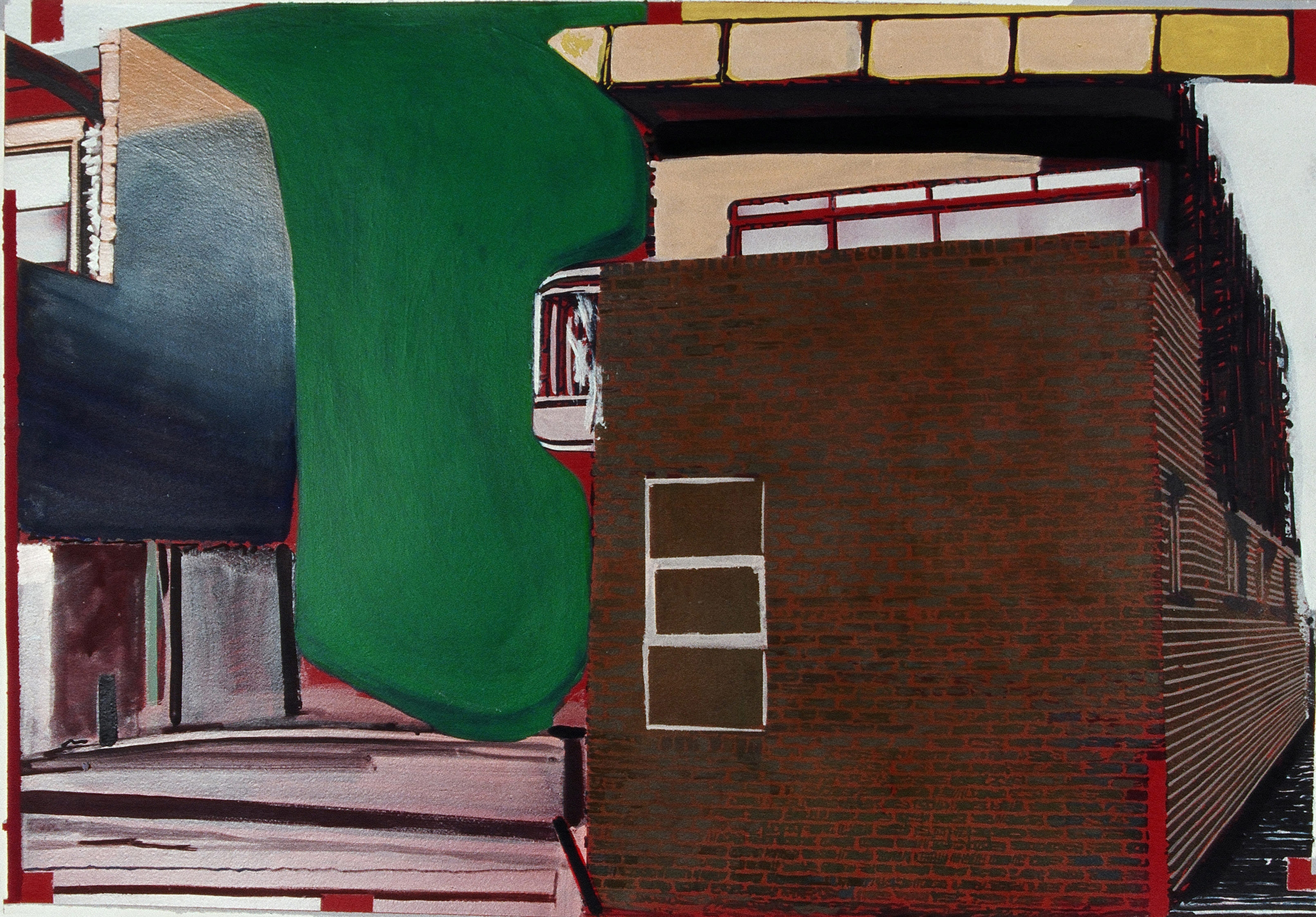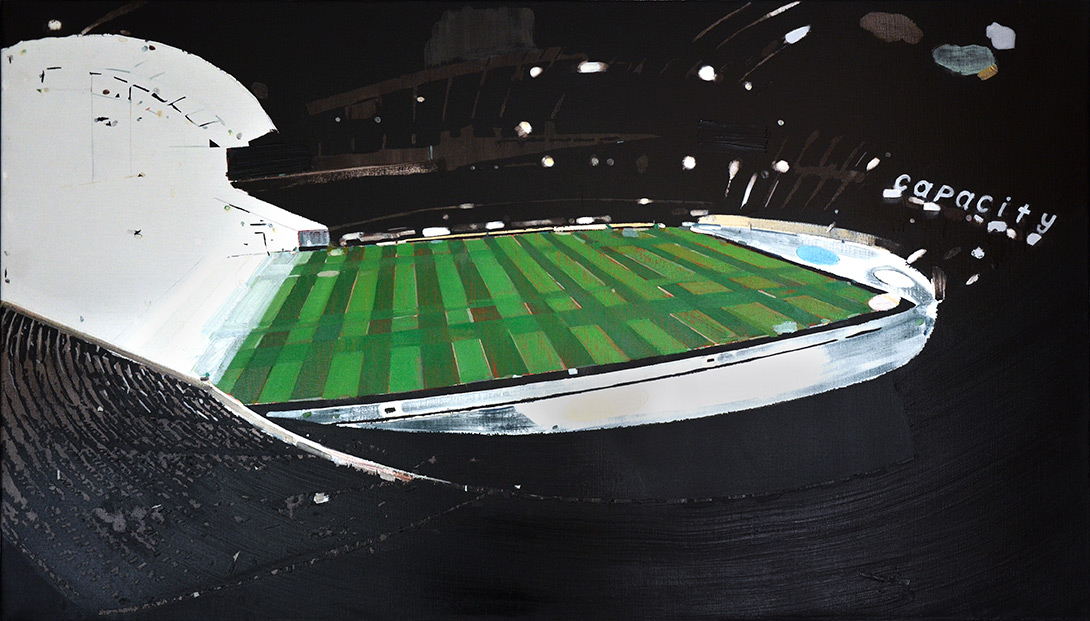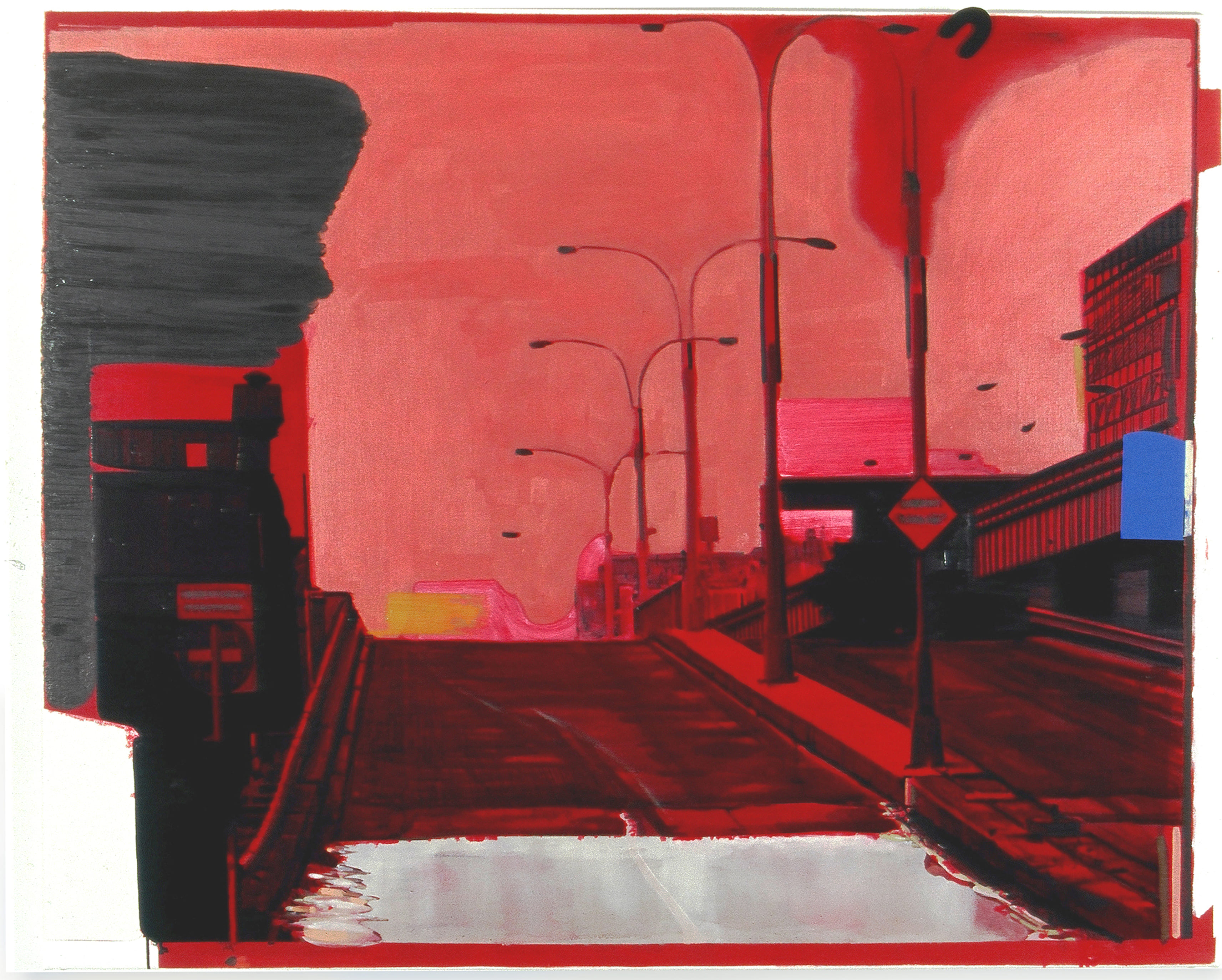Shape, 2003
Crossley and Scott Gallery, Melbourne







Postscript:
All paintings involve images, and all images are shapes within paintings. Paintings hold multiple pictorial properties due to our simultaneous perception of images and shapes, and our awareness of pictorial depth coupled with the recognition that a conventional painting is equally a flat plane. These ideas are well accepted in the field of painting, and therefore it can be said that most paintings are ambiguous in one way or another, and that this ambiguity can be explored to create feeling. Therefore, given the differing characteristics of a painting, many of the works in Shape appeared to purposefully hover in spaces that formed via conceptual and expressive ambiguities. While this allowed for a variety of associations to emerge within each work, it also provided a perplexing overall exhibition experience for the viewer.
All paintings involve images, and all images are shapes within paintings. Paintings hold multiple pictorial properties due to our simultaneous perception of images and shapes, and our awareness of pictorial depth coupled with the recognition that a conventional painting is equally a flat plane. These ideas are well accepted in the field of painting, and therefore it can be said that most paintings are ambiguous in one way or another, and that this ambiguity can be explored to create feeling. Therefore, given the differing characteristics of a painting, many of the works in Shape appeared to purposefully hover in spaces that formed via conceptual and expressive ambiguities. While this allowed for a variety of associations to emerge within each work, it also provided a perplexing overall exhibition experience for the viewer.
With equivocality at the centre, these paintings evoke some of the feelings of our contemporary times through representations of perplexing, indefinite and oblique imageries. In thinking about how we might grasp the character of our times, the philosopher Peter Osbourne, considers that our contemporary is to be understood through conjunctions, where we experience the coming together of different but equally present temporary and fluid states, while philosopher Boris Groys deems our times to be uncertain, uncanny. We recognize that everything forms and reforms, and then retro forms, only to disintegrate.
Shape speculated on the notion that that we live within a flowing and continuing arcane condition, and that this is simply how things are for us.
Photographs, the artist.
Notes:
Osbourne, P., (2018), The Postconceptual Condition, London: Verso.
Groys, B. (2016). In the flow. London: Verso.